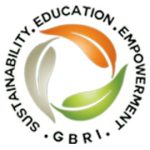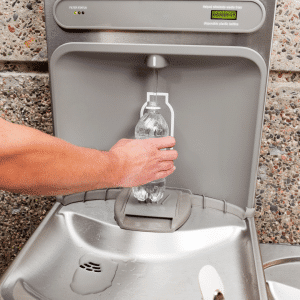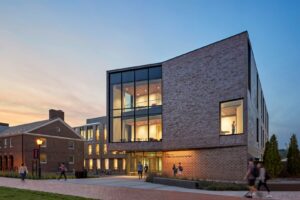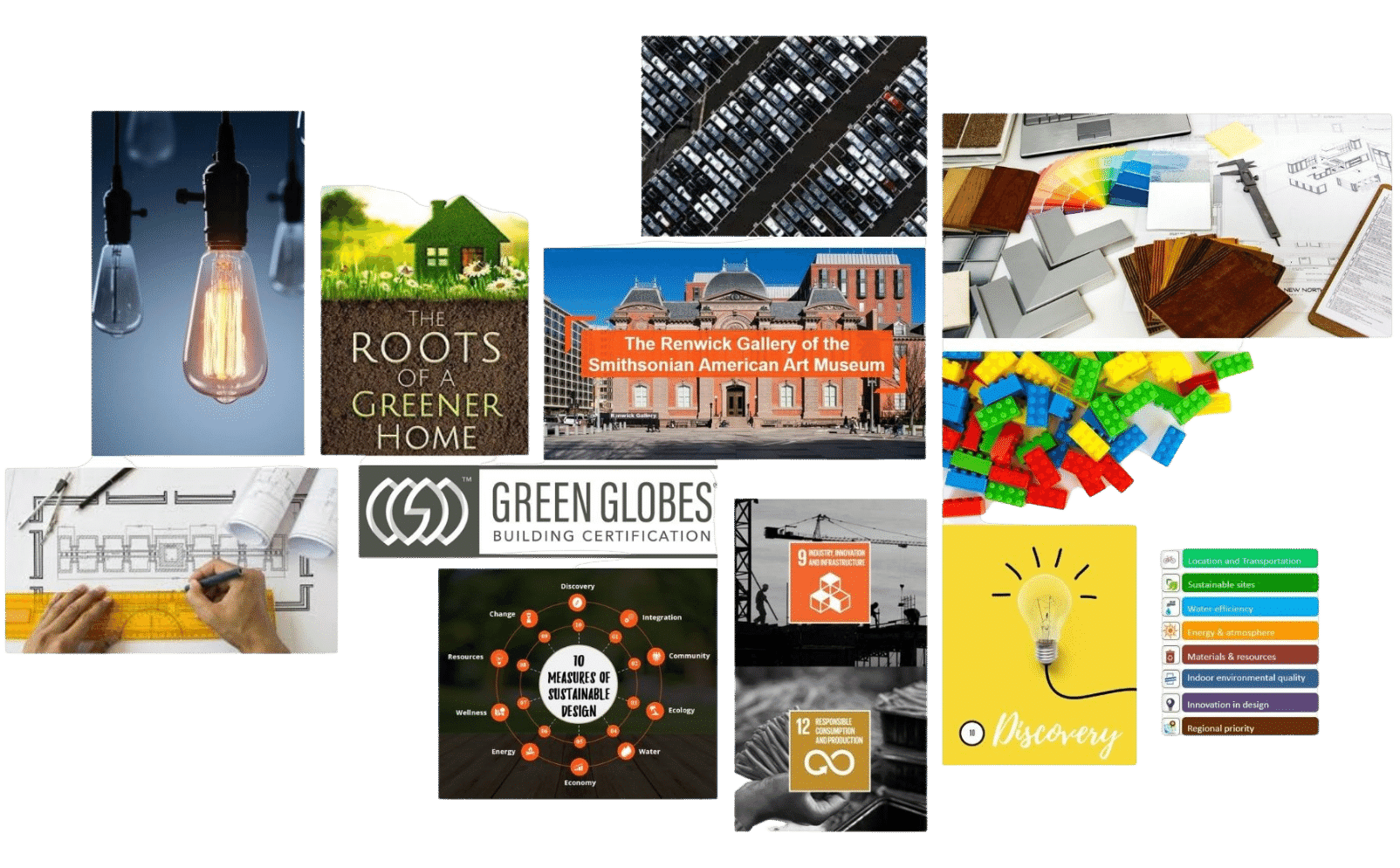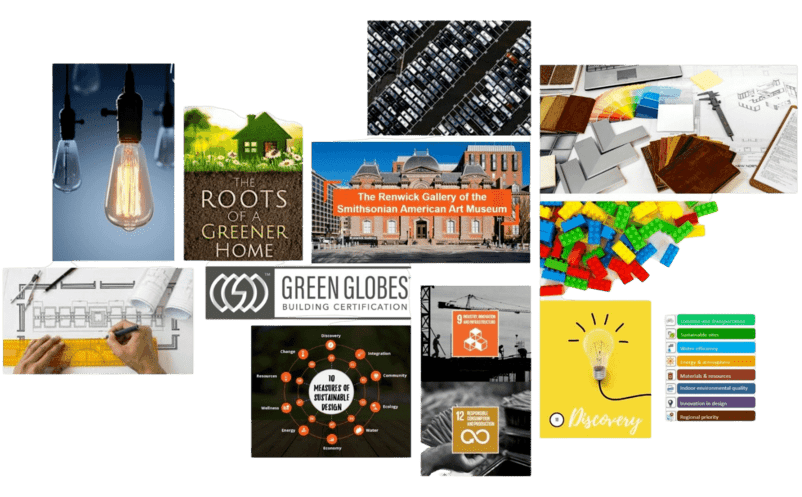GBRI Sustainability Article Courses
Engage, Learn and Grow with GBRI’s Article Courses

Welcome to GBRI’s extensive library of Sustainability and Green Building Article Courses designed to cater to diverse learning preferences. Whether you’re a visual learner or someone who retains information better through reading, our carefully curated article courses offer a wealth of knowledge to satiate your intellectual curiosity. Delve into an array of topics encompassing Sustainability, Climate Change, Green Buildings, LEED, WELL, Project Management, and more. Each article course is meticulously crafted by industry experts to provide a profound understanding while allowing you to learn at your own pace.
We present flexible learning avenues to accommodate your unique needs. Opt to enroll in individual article courses at an affordable fee of $19.99 each, or explore our membership plans for a more comprehensive access. Our 15-hour Silver membership is ideal for LEED Green Associates, while the 30-hour Gold membership caters to LEED AP with a specialty and WELL APs. The Platinum membership is tailored for professionals holding multiple credentials, unlocking boundless access to our vast range of article courses. Additionally, these curated bundles cater to AIA professionals seeking LUs and HSW hours. Explore our collection and find the course that resonates with your learning style and professional ambitions. Your journey towards enhanced knowledge and enriched personal and professional development begins here.
Please Note: If you need to report this course for Continuing Education (CE) or need a certificate, please enroll in the course or get a membership package that suits your CE needs. Enrolled students must take and pass the short quiz in order to earn CE credits.
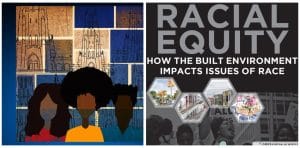
The Role of Design in Racial Equity: How the Built Environment Impacts Issues of Race
This article takes a deep dive into the ways that design and racism have closely intermingled over time.
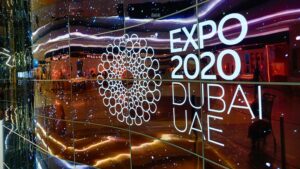
The World’s Fair in Dubai: Iconic Buildings and Structures
Part 2 of the Dubai Expo series includes some of the iconic buildings and structures at the World’s Fair in Dubai including the entry portal made from Carbon-fiber ribbon, formed from thousands of ultra-thin carbon fibers, and the Al Wasl Dome with a 360-degree projection surface.
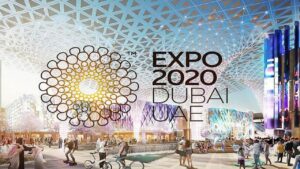
The World’s Fair In Dubai: Connecting Minds And Creating The Future Through Sustainability, Mobility, And Opportunity
More than a century-and-a-half of World Expos have displayed life-changing inventions and cultural treasures. The World’s Fair in Dubai shows the possibilities of the technology that can change the way we live to a safer better future. Join us as GBRI International Sustainability Program (ISP) – graduate and Sustainability Ambassador Nandana Sobhanan explores the world’s fair in Dubai with her friend Anagha Ajith
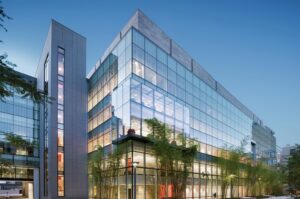
Mit.Nano Massachusetts Institute Of Technology -An AIA COTE TOP 10 Case Study
Learn about MIT’s one of the largest commitments to research and sustainability through MIT.nano – a 2021 AIA COTE Top Ten Award recipient!
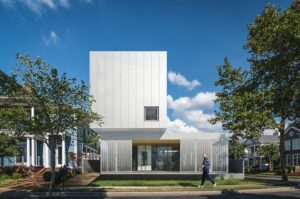
CIVITAS – An AIA Top 10 Case Study
Check out this extensive case study to learn more about how Civitas successfully makes high-design and high-performance houses a reality.
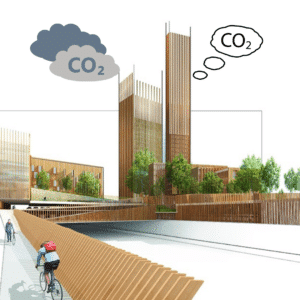
Architecture and Carbon: The Odd Couple Destined for Partnership
Ever wonder about the odd couple, Architecture and Carbon, and how they interact with each other online and offline? Are they compatible with each other? Will the current carbon emissions trend overhaul their relationship and is their relationship sustainable? Find these answers and more in this in-depth article.
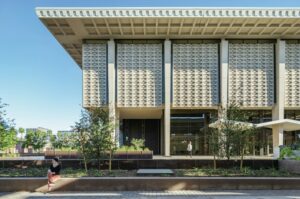
Arizona State University Hayden Library Reinvention – An AIA Top 10 Case Study
Check out this extensive case study to determine how the Hayden Library reinvention project made it to the top ten in 2021!
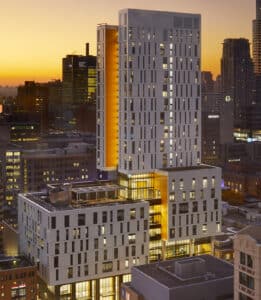
Ryerson University Daphne Cockwell Health Sciences Complex-An AIA Top 10 Case Study
This course discuss the various sustainable measures and standards used to review the green building project, let’s credit everyone involved.
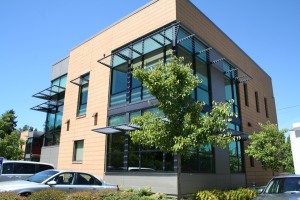
Rainier Beach Clinic -An AIA Top 10 Case Study
The Rainier Beach Clinic leverages biophilic design strategies, distraction therapy for pain management, evidence-based practice for innovation, and biomorphic design strategies to boost patient health, wellness and lower morbidity and mortality rates.
Check out this extensive case study to learn more about the project!
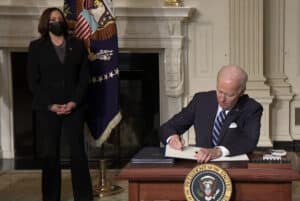
How The Government Is Revitalizing Energy Communities And Tackling The Climate Crisis
With over $37 billion in immediately available funding, the Working Group has a chance to make a huge impact on the lives of people in priority communities as well as our environment. One question remains – are we doing enough to fight climate change?
